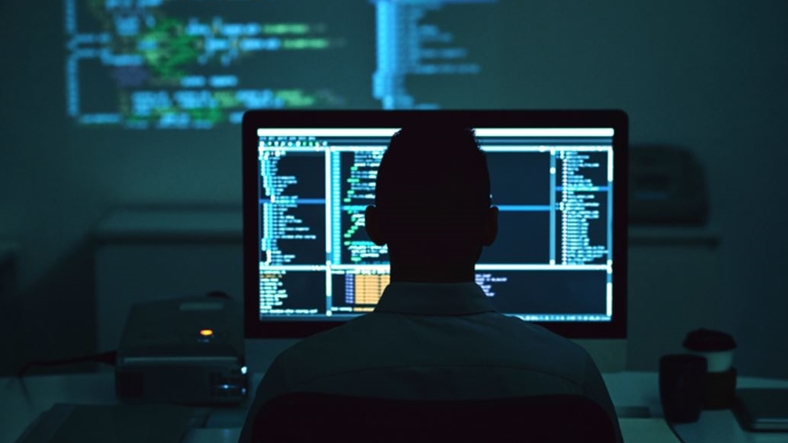According to calculations made a few years ago by University of Portsmouth physicist Melvin Vopson, this literal mass of visual imagery, along with half a billion tweets, countless texts, billions of WhatsApp messages, and every other bit and byte of information we’ve produced, may be making our planet slightly heavier.
It’s a strange idea without much support, and it’s unlikely to catch on. Vopson published an experiment using antimatter explosions that might persuade the scientific world that information might not only have mass but also constitute a brand-new category of matter. It’s challenging to understand information theory. Information can be used to describe non-digital objects, including features that tell particles how to behave. We may easily imagine downloading a binary code that tells our computer what sounds to play and what images to display. As a result, it plays a key role in illuminating concepts such as the level of organization and energy fluctuations that comprise a system.
Rolf Landauer, a German-American scientist, predicted a minimal energy shift for erasing data from any system in the early 1960s. Even though it might seem like a minor finding, the implications are important since they reveal a fundamental link between the information loss and the discharge of heat radiation. Over the years, investigations have corroborated Landauer’s hypotheses, even at the quantum level, suggesting that there may be some validity to the idea that energy is a fundamental component of information transmission. According to Vopson’s interpretation of Einstein’s calculation, all of the information we produce each day adds a small but non-zero amount of mass to the globe. If we additionally take into account this fundamental change in energy, it ought to be comparable to a changein mass.
The exponential growth of kitten videos, Wikipedia articles, Twitter disputes, and TikTok automobile singalongs might have some shocking implications in the far future, if taken to its logical conclusion. We might run out of storage capacity for all that data, not to mention that unrestricted digital expansion would result in a significant increase in expenses. In fact, some experts predict that in 350 years, the weight of our digital bits may exceed the weight of all the atoms on Earth. A hypothesis like this could, in some situations, change how we compute mass and lead to new theories that could help us better understand the properties of dark matter, putting aside doomsday possibilities of an information crisis.
We can only categorize the concept as “interesting to think about” at this time because we are still unable to detect the incredibly minute changes in mass projected for today’s information-dense storage systems. All of that might change, though, in Vopson’s upcoming experiment, which would apply Landauer’s prediction to elementary particles. If we assume that an electron’s total mass is composed of its intrinsic resting energy and a very small amount of information about itself, an electron would theoretically emit a predictable spectrum of energy in the spray of photons released upon colliding with its antimatter counterpart, the positron. According to Vopson, we may measure the amount of information contained in an electron by erasing it, despite the fact that an electron’s mass is 22 million times smaller than its information. “We know that when matter and antimatter particles collide, they completely destroy one another. Additionally, a particle’s information needs to go somewhere when it is destroyed.” If one were to look for the very specific wavelengths of radiation produced by the annihilation of an information-rich electron, it would be more accurate to think of information as a type of energy contained within particles rather than as another characteristic of thermodynamics within a larger system. The discovery of some type of intrinsic, information-based energy component as a fundamental property of matter might also qualify as a new type of physical condition. Despite the fact that atoms can interact to form solids, move as gases and liquids, disperse as plasmas, and harmonize to form Bose-Einstein condensates, they can also minimize chaos by transporting information.
Until the experiment is conducted, the idea will remain controversial even though it is an appealing one. But if it turns out to be true, the consequences could be disastrous.

